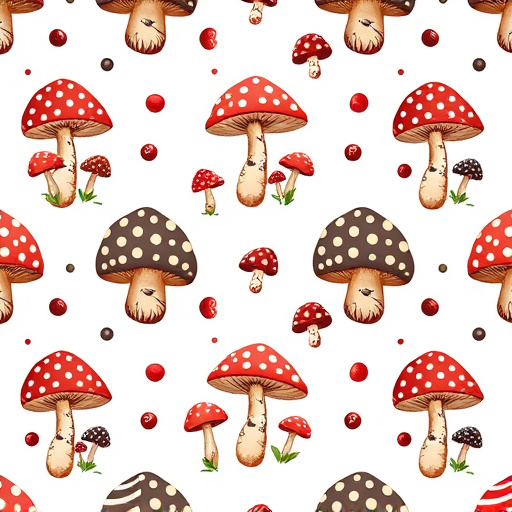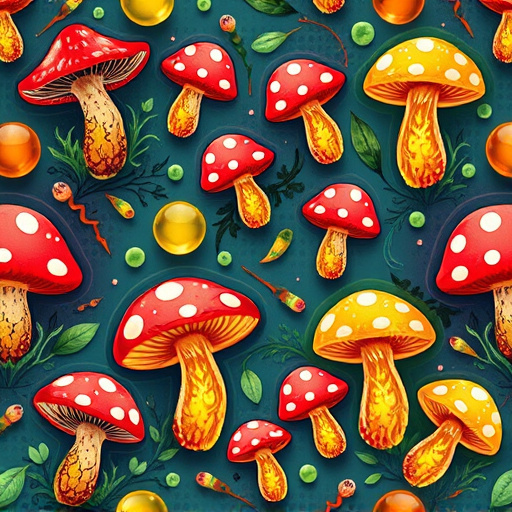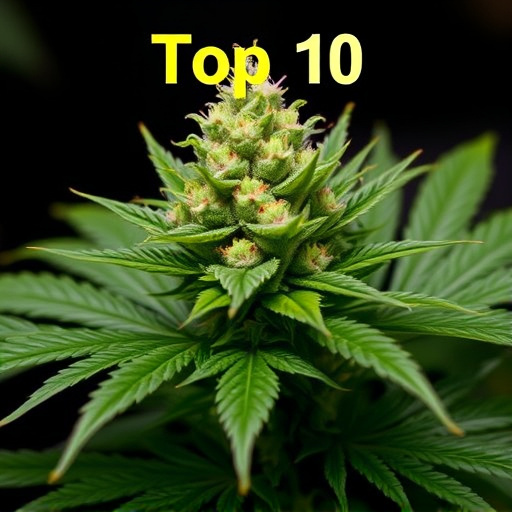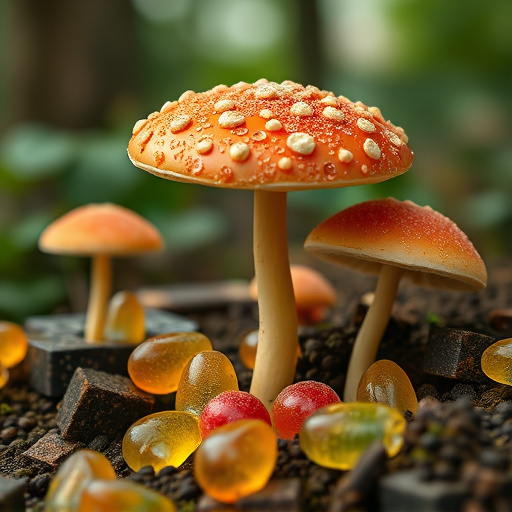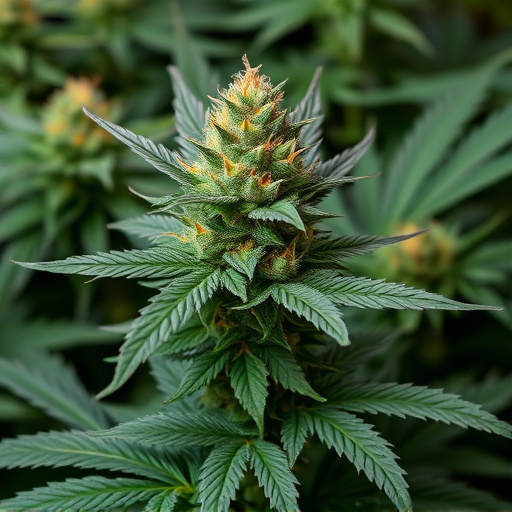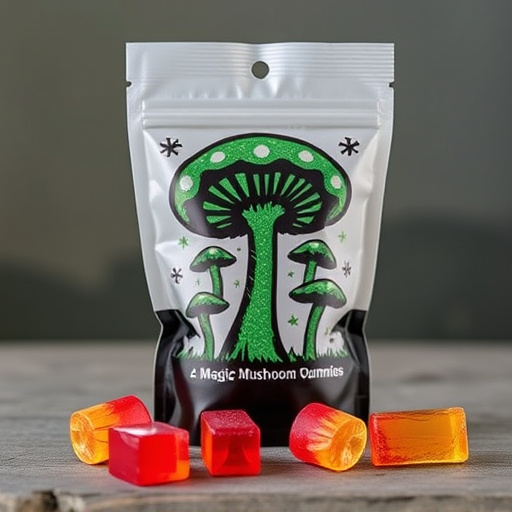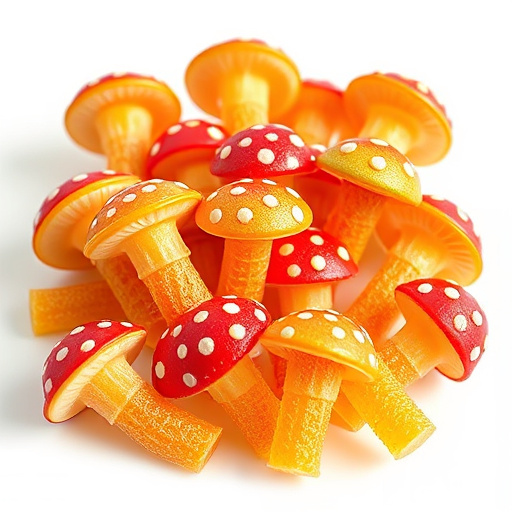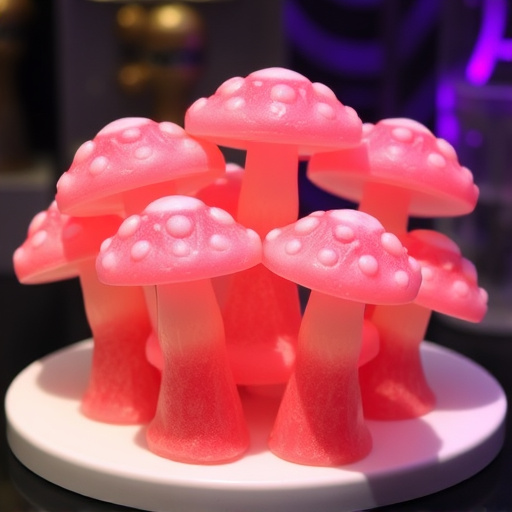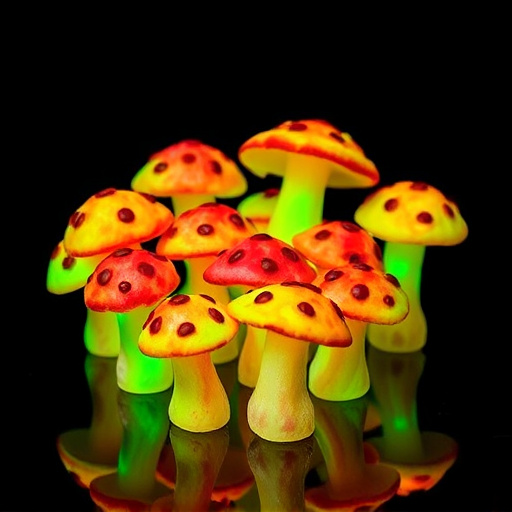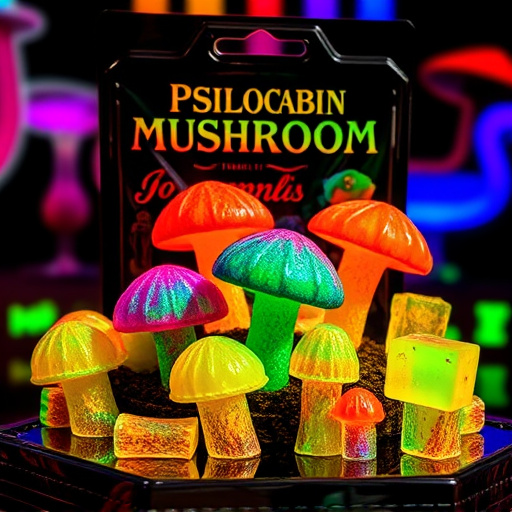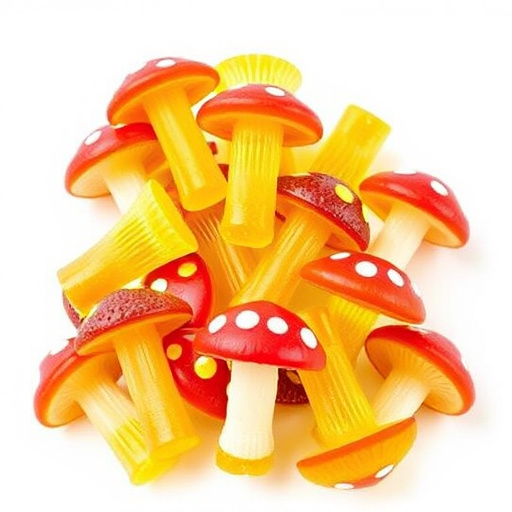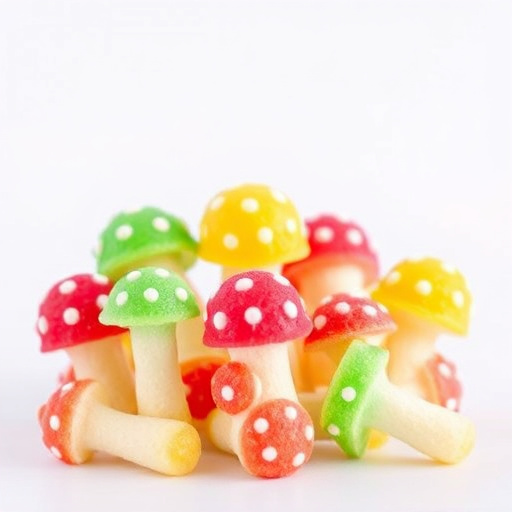The history of magic mushroom gummies usage spans centuries, with indigenous cultures utilizing mushrooms for their psychedelic properties in rituals and traditional medicine. Modern interest in magical mushrooms led to innovations like gummies, now available in legal, regulated markets worldwide. Positioned as alternative therapies for mental health conditions, these edibles face complex regulatory landscapes while emphasizing safety, accurate labeling, and responsible consumption education.
In the realm of alternative therapies and recreational experiences, magic mushroom gummies have emerged as a modern twist on an ancient tradition. With a historical perspective tracing back centuries, the consumption of magic mushrooms has evolved from indigenous practices to contemporary trends. This article delves into the evolution of magic mushroom gummies, exploring their rise in popularity, the shift from traditional methods to modern market demands, and the legal and safety considerations surrounding their sale. Discover the fascinating journey of these mystical treats.
- A Historical Perspective on Magic Mushroom Consumption
- The Evolution of Magic Mushroom Gummies: From Tradition to Modern Market
- Navigating Legalities and Safety Considerations in the Sale of Magic Mushroom Gummies
A Historical Perspective on Magic Mushroom Consumption
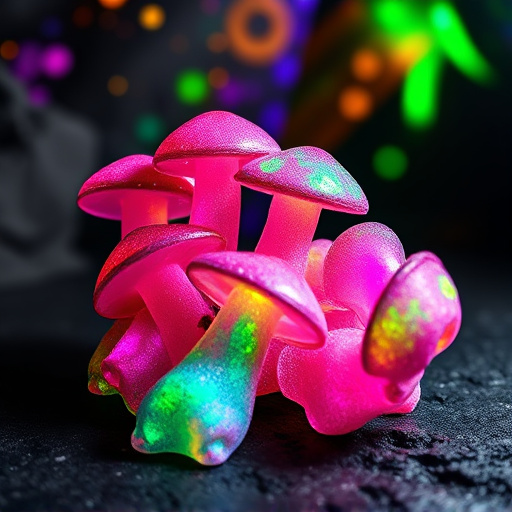
The history of magic mushroom consumption dates back centuries, with evidence suggesting their use in rituals and traditional practices across various cultures. In ancient times, tribes and communities incorporated mushrooms into their spiritual ceremonies, believing them to hold mystical properties and provide a gateway to altered states of consciousness. These early interactions often involved specific species known for their potent effects, such as Psilocybe cubensis, which has been studied extensively for its psychotropic compounds.
Over time, the practice evolved, and magic mushrooms gained popularity in various forms. In recent decades, the advent of modern research has sparked renewed interest in these natural substances. The exploration of psilocybin, a key compound found in magic mushrooms, has opened doors to potential therapeutic applications in mental health treatments. Additionally, the development of innovative delivery methods, such as gummies, has made experiencing the effects of magic mushrooms more accessible and appealing to a wider audience, while also allowing for precise dosing and controlled environments.
The Evolution of Magic Mushroom Gummies: From Tradition to Modern Market
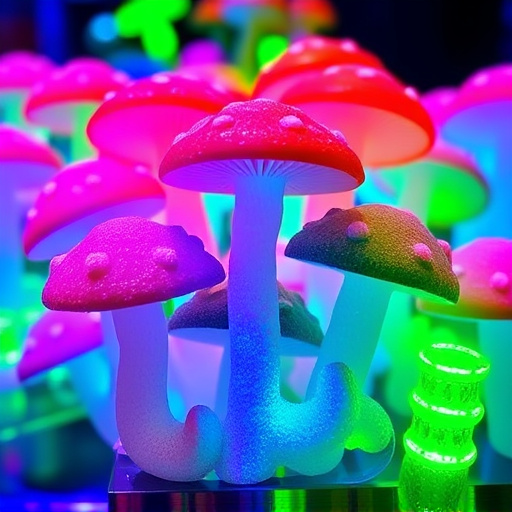
The history of magic mushroom gummies usage dates back centuries, with indigenous cultures utilizing mushrooms for their psychedelic properties in rituals and traditional medicine. These early practices laid the groundwork for what would eventually become a modern phenomenon. Over time, as western society began to explore alternative therapies and recreational experiences, interest in magical mushrooms grew. This resurgence led to innovations in preparation methods, with gummies emerging as a popular and convenient way to consume psilocybin mushrooms.
Today, magic mushroom gummies have infiltrated the legal, regulated market, appealing to those seeking both therapeutic benefits and recreational experiences. Modern production techniques ensure consistent dosages and quality control, making them accessible for medical applications and responsible adult use. The evolution from traditional practices to mainstream availability reflects a broader cultural shift towards embracing natural remedies and alternative forms of entertainment.
Navigating Legalities and Safety Considerations in the Sale of Magic Mushroom Gummies
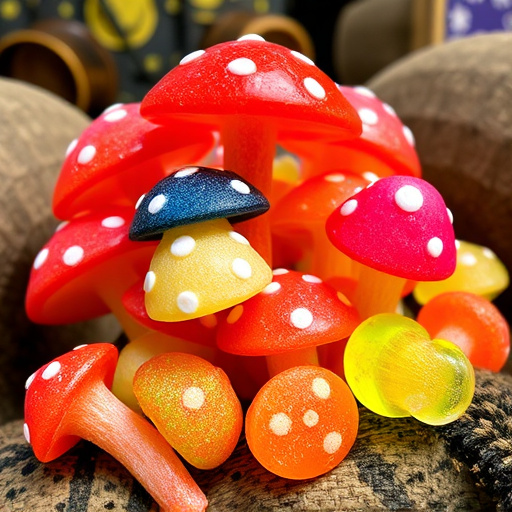
The history of magic mushroom gummies usage dates back decades, with a rich cultural heritage in various parts of the world. Traditionally, these edibles have been used for their psychoactive properties, often in rituals and spiritual practices. However, the modern trend towards legalizing psychedelic substances has sparked a new market for magic mushroom gummies, particularly as an alternative therapy for anxiety, depression, and PTSD. This shift has led to an influx of products claiming to contain psilocybin, the active compound in magic mushrooms.
Navigating the legalities surrounding magic mushroom gummies is complex, as regulations vary widely between jurisdictions. In some countries and states, psilocybin-containing products are explicitly illegal, while others have legalized them for medical or recreational use under strict conditions. Ensuring safety considerations is paramount; dosages must be accurately labeled, and manufacturers must adhere to food safety standards to prevent contamination. Moreover, education plays a crucial role in responsible consumption, as the effects of psilocybin can vary significantly between individuals.
The history of magic mushroom consumption, dating back centuries, has evolved into a modern phenomenon with the introduction of gummies. This shift highlights the changing perceptions and growing interest in psychedelic substances. As the market for magic mushroom gummies expands globally, understanding their legal standing and safety is paramount. By exploring the historical context, recent developments, and navigating the current legal landscape, consumers can make informed choices while ensuring a safe and responsible approach to this unique product.
